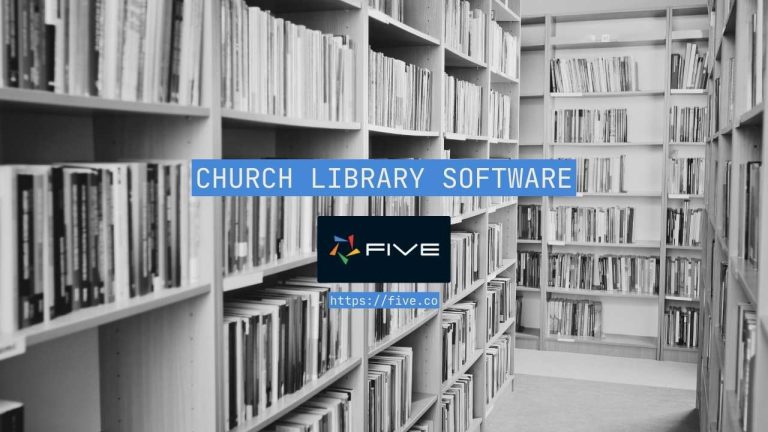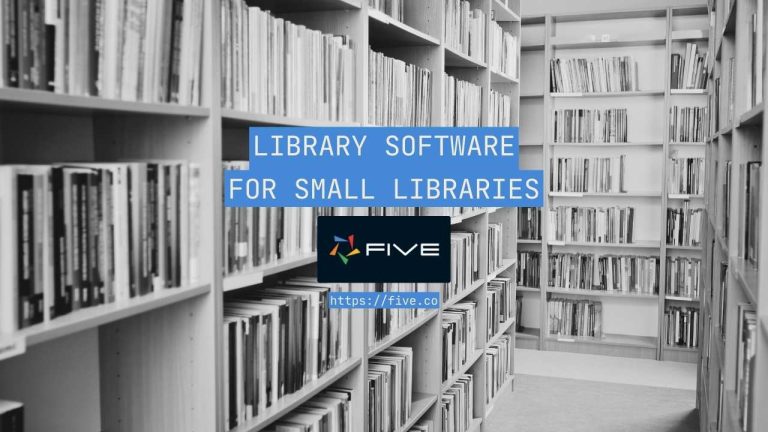aPaaS vs PaaS vs SaaS: A Complete Guide
aPaaS vs PaaS vs SaaS: A Complete Guide
In today’s rapidly evolving software industry, understanding the differences between various acronyms such as aPaaS, PaaS and SaaS is essential.
These terms represent different delivery models for software products, and knowing their nuances can help businesses make informed decisions about which solution best fits their needs.
In this comprehensive guide, we will delve into the details of SaaS, aPaaS, PaaS, and IaaS to provide you with a clear understanding of their key differences.
The Rise of “-aaS” Delivery Model
Gone are the days when software companies relied solely on traditional licensing models to buy and sell software.
In the past, purchasers of software acquired a non-transferable license to use software solutions perpetually for a one-time licensing fee.
Licensing deals’ sales cycles were long, complex, and time-consuming. Software vendors tried to maximize the licensing price, and also sell annual maintenance contracts (around 20% of license fees) to their customers. Software buyers tried to resist as best as they could, but given the lack of alternatives, biting the bullet of a license contract was the only option to acquire software.
Customers had to budget for large capital expenditures and once the money was spent, switching from one software provider to another was almost impossible because of the sunk cost.
This changed with the emergence of cloud computing, which paved the way for a new era of software delivery known as “-aaS” or “as a Service”. The first company to pioneer this model was Salesforce, which offered its CRM solution as a cloud-based subscription.
Nowadays, almost everything can be purchased as a service: software, infrastructure, platforms, and even artificial intelligence are offered as services and are accessible over the Internet.
This eliminates the need for businesses to invest in costly hardware or incur infrastructure maintenance costs. Instead, they can subscribe to these services and pay a regular subscription fee or a pay-per-use model to gain access. The “-aaS” model offers greater flexibility, lower upfront cost, and quicker adoption.
Let’s take a closer look at some of the most common “-aaS” categories:
1. Infrastructure as a Service (IaaS)
Infrastructure as a Service (IaaS) is a cloud computing model that allows businesses and consumers to access computing resources, such as compute, storage, and network resources, through the internet from large data centers operated by companies like Amazon, Microsoft, and Google.
In recent years, the number of data centers worldwide has grown exponentially, reaching 541 in 2019, according to Statista. IaaS offers a flexible and cost-effective alternative to on-premise servers, as it allows organizations to scale their infrastructure according to their needs. It also eliminates the need for in-house management and maintenance of servers.
2. Platforms as a Service (PaaS)
Platforms as a Service (PaaS) take the concept of IaaS a step further by providing an operating system, middleware, and runtime on top of the infrastructure.
The typical users of a PaaS platform are software developers. PaaS eliminates the complexity and expenses associated with buying, configuring, and managing the hardware and software needed to run applications. When choosing a PaaS, it’s crucial to look for services such as backups, disaster recovery, automatic scaling, or load balancing, as well as support for the technologies, programming languages, and middleware stacks used by your development team.
3. Application Platforms as a Service (aPaaS)
Application Platforms as a Service (aPaaS) are platforms designed specifically to accelerate application development. The term is primarily used by IT consultancies such as Forrester or Gartner to describe the emergent field of no-code or low-code solutions.
What sets aPaaS apart from other “-aaS” models is their use of low-code techniques that abstract away part of the coding process, making application development simpler and more efficient.
There are two categories of aPaaS: low-code and no-code aPaaS.
Low-code aPaaS reduce the amount of custom code required to rapidly build and deploy software applications. They do not entirely eliminate code. Instead, they almost always offer some interface where developers can use high code to make adjustments to their applications. Five, for example, has a code editor for JavaScript and TypeScript, as well as a query editor for SQL. Their primary purpose is to make software engineers more productive.
No-code aPaaS, on the other hand, abstracts away code to the maximum, sometimes even entirely eliminating code. Their primary purpose is to enable citizen development. We’ve written more about this distinction between different types of aPaaS in our article about high code, low code, and no code.
In addition to its speed and agility, low-code aPaaS also offers robust security features. Applications built on reputable low-code aPaaS platforms are designed with security best practices in mind, including features such as user authentication, data encryption at rest and in transit, and role-based access controls. This ensures that your applications and data are protected from potential security risks, giving you peace of mind.
Explaining the Rise of No-Code and Low-Code aPaaS
In a world that is increasingly digital, organizations must not only deliver their products and services to their customers. They must also excel in software development. But how do you make sure you equip your team with the best software development tools? And why does it matter?
According to a 2020 McKinsey survey, software development tools are a frequently overlooked contributor to the productivity of developers:
“Best-in-class tools are the top contributor to business success—enabling greater productivity, visibility, and coordination. Yet only 5 percent of executives recognized this link and ranked tools among their top-three software enablers. The underinvestment in tools across the development life cycle is one reason so many companies struggle with “black box” issues [i.e. not being able to track their R&D team’s productivity].”
The importance of better development tools is also highlighted by a 2017 survey of software developers. When asked about the biggest drain on their productivity, “struggling with bad tools” was the third most frequently mentioned response.
So the lesson is clear: development tools matter.
Low-code development environments or aPaaS are one of the main tools that can increase the speed of delivery, according to McKinsey. These platforms dramatically shorten the time required to go from idea to app through prefabricated software components.
Software developers can leverage aPaaS to build and deploy applications, speeding up software development and reducing the effort associated with building production-ready software. As a result, many organizations now recognize aPaaS as an essential tool in their software development toolbox, as it can fast-track software delivery processes and foster software innovation.
aPaaS platforms also incorporate some of the elements of a PaaS. For example, applications built with Five are deployed onto a managed infrastructure that is optimized for application deployment. This is where an aPaaS is different from a traditional IDE. An aPaaS covers application development and deployment as a service. This makes aPaaS platforms a cost-efficient choice for rapid application development by enterprise development teams.
4. Software as a Service (SaaS)
Software as a Service (SaaS) is a popular delivery model where organizations can subscribe to a software application and access it over the Internet. Vendors provide subscription-based services to their software products, which are hosted on the cloud.
The SaaS provider manages the software and data, including updates and patches, and ensures the application’s uptime and availability. This eliminates the need for businesses to procure and maintain hardware or set up complex disaster recovery mechanisms, making it a cost-effective option for businesses of all sizes. With SaaS, data is stored in the cloud and can be accessed from any device with an internet connection, making it highly convenient and accessible for businesses of all sizes.
The Benefits of “-aaS” Delivery Model
The “-aaS” delivery model has revolutionized the way businesses consume and deploy software applications.
It offers flexibility, scalability, and cost-effectiveness, allowing organizations to focus on their core competencies while leveraging cloud-based solutions for their software development and deployment needs.
When choosing the right -aaS model for your business, it’s essential to consider factors such as your organization’s requirements, the development team’s needs, and budget. Conducting a thorough evaluation of each model’s features, benefits, and limitations can help you make an informed decision. It should also be said that not every software is best consumed on the cloud. On-premise deployment or private cloud are oftentimes the preferred choice when organizations want to retain control over their data, for example or reduce vendor lock-in.
In conclusion, understanding the differences between SaaS, aPaaS, PaaS, and IaaS is crucial for businesses seeking to leverage cloud-based solutions for their software development and deployment needs. Each of these models has its unique features and benefits, making them suitable for different use cases and requirements. By carefully evaluating your business needs and understanding the capabilities of each model, you can make an informed decision on which -aaS model is the best fit for your organization.
Our Take on aPaaS
Even though SaaS has become part and parcel of any enterprise software buyers’ vocabulary, the same cannot be said about aPaaS. Easier-to-pronounce terms such as low-code development environments, application development platforms, or rapid application development solutions seem to have caught on more than aPaaS. Nevertheless, aPaaS is a useful term to distinguish this category of products from other “-aaS” solutions, such as IaaS, PaaS, or SaaS.


